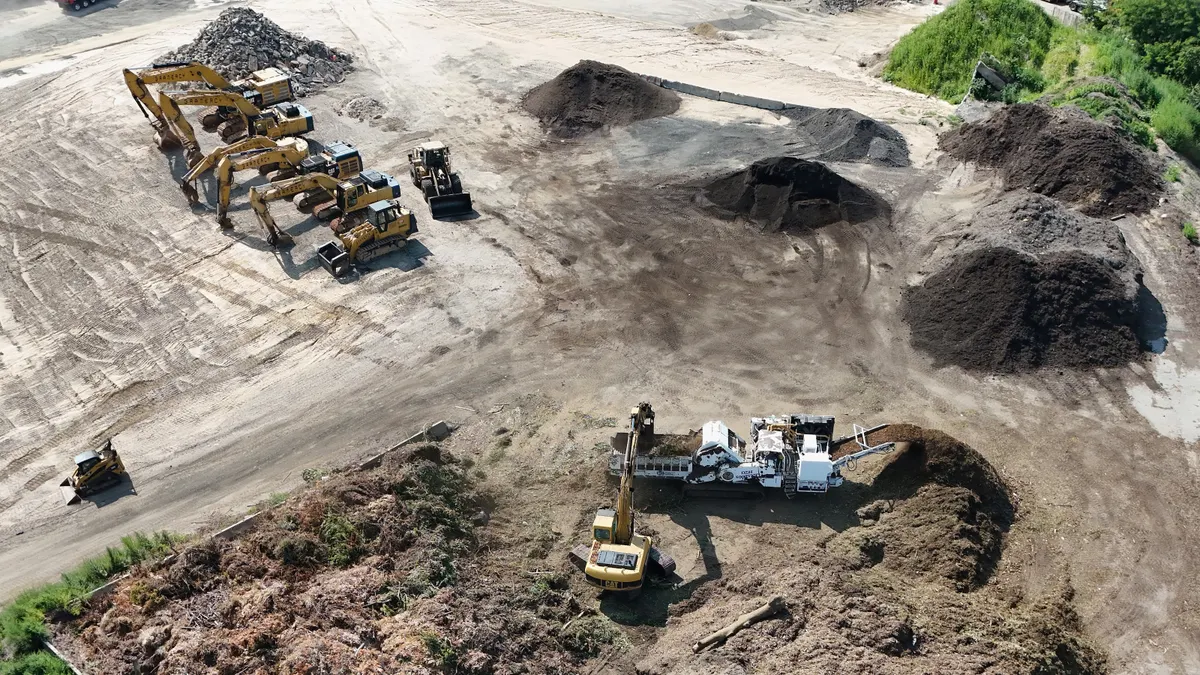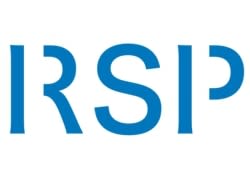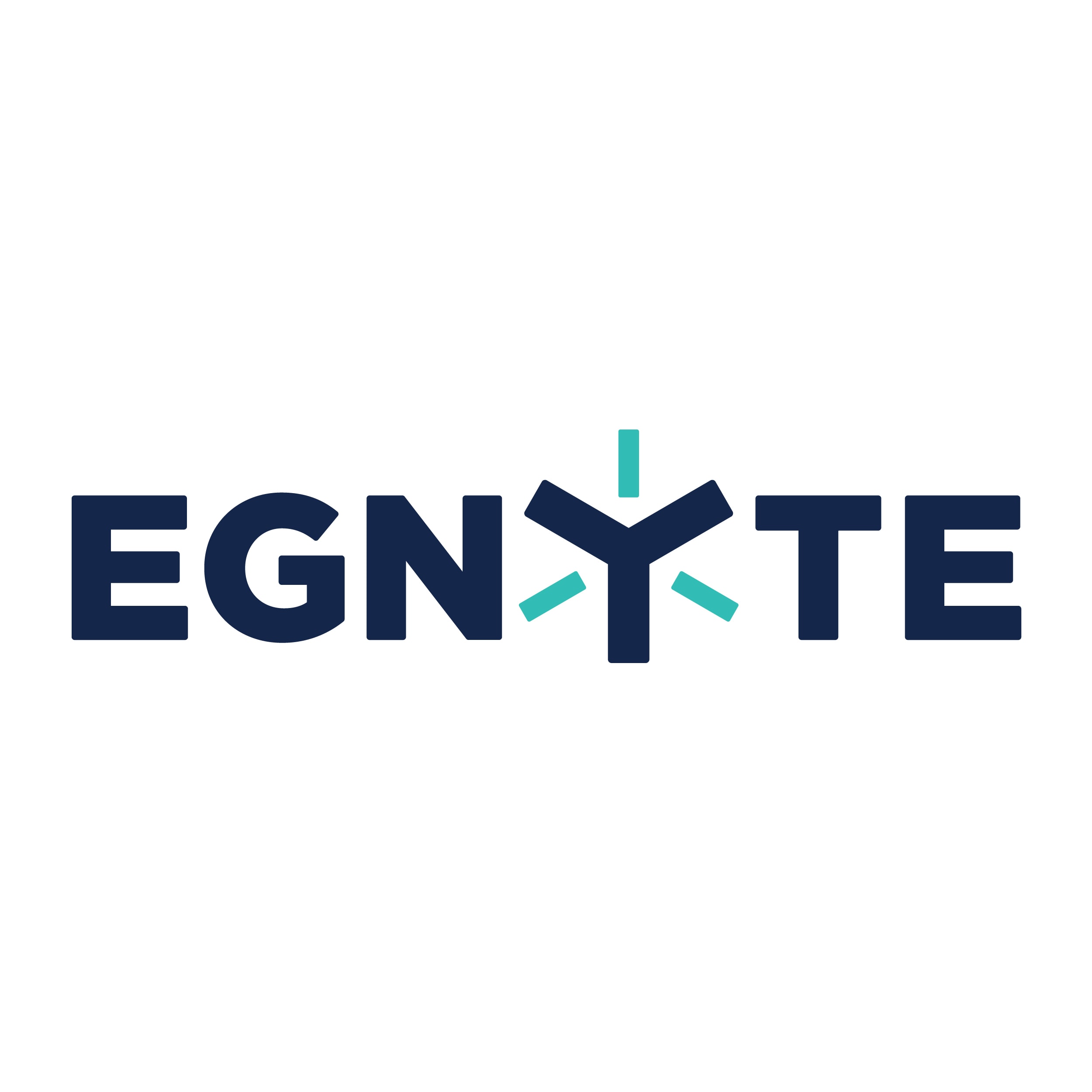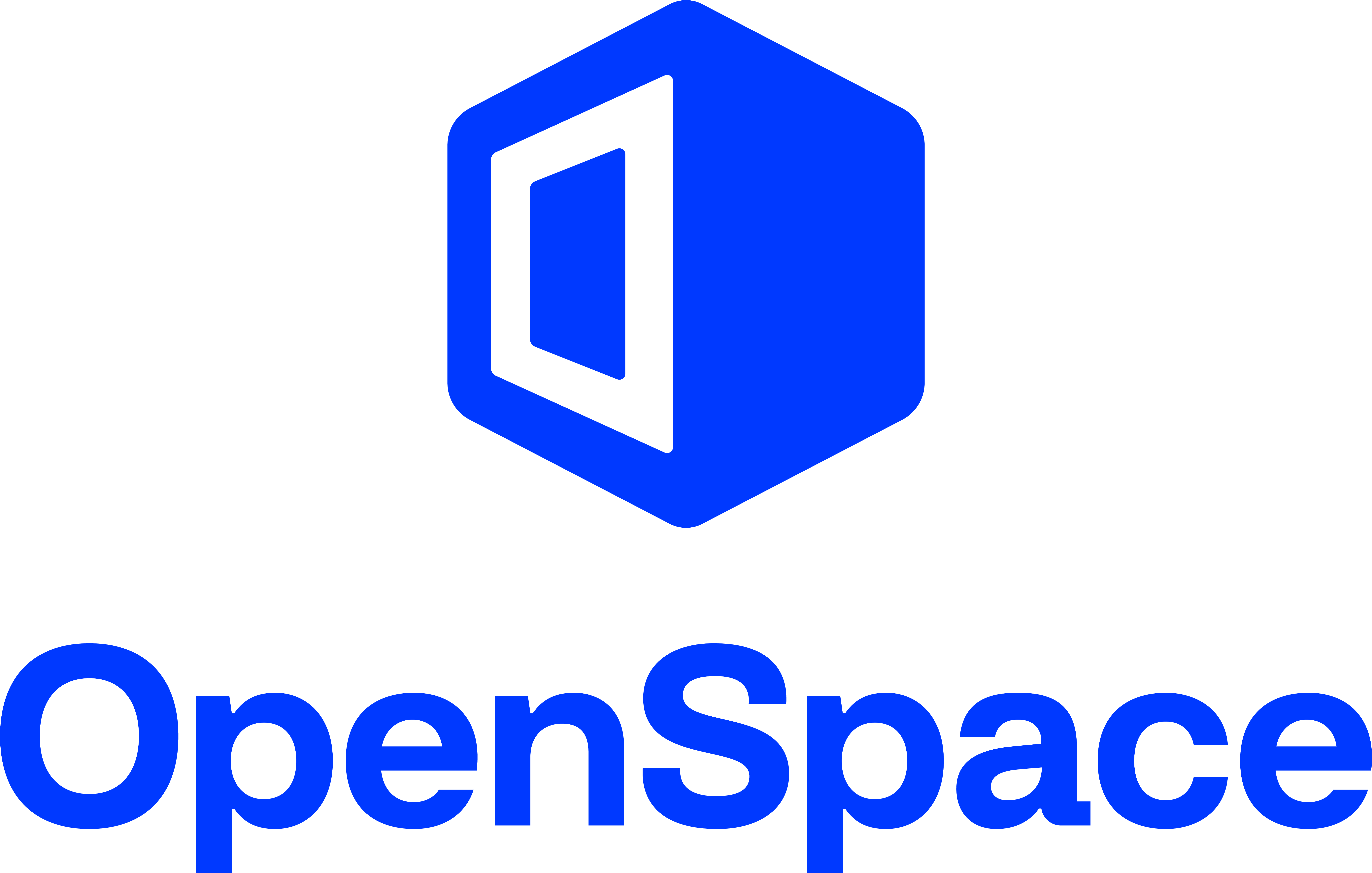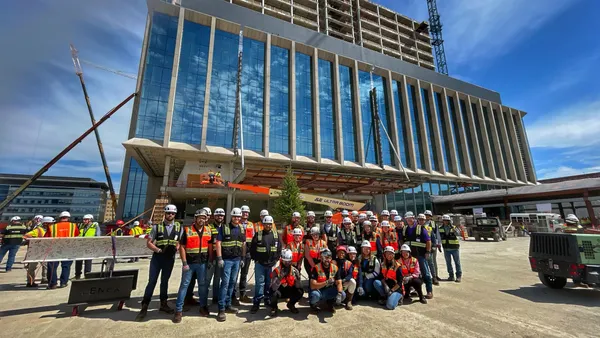Dive Brief:
- Construction technology startup SmartSite has revealed a proprietary sensor-based system that construction companies can utilize to track potentially dangerous employee working conditions, according to TechCrunch.
- The SmartSite system — which comes equipped with sensors, a microphone, laser particle counters and UV sensors — monitors noise levels, airborne particulates and UV rays, all of which can negatively affect the health and well-being of construction workers.
- SmartSite, currently in the beta phase, said it is currently field-testing its system with multiple unnamed construction firms. The company is one of several Y Combinator startups, but it has not revealed how much funding it has raised so far.
Dive Insight:
SmartSite aims to reduce workers' construction-related health risks like cancer resulting from prolonged exposure to UV rays, skin and respiratory issues from airborne particulates and other health issues related to noise and vibration exposure. Company officials said that while construction firms want their employees to be healthy, they are also mindful of costs associated with a sick employee's time away from work and potential worker lawsuits.
Systems like SmartSite's could also help companies adhere to the spirit of recent OSHA rule changes around employee monitoring. For example, OSHA recently revised its silica rule, reducing allowed exposure from 250 micrograms per cubic meter over an eight-hour period to 50 micrograms. The new standard, which went into effect on June 23, also requires companies to monitor worker exposure and, in some instances, provide employee medical exams every three years. Silica, also called crystalline silica, is found in many substances common to a construction sites, such as soil, sand, granite and quartz. When blasted, cut or drilled, the resulting dust from these materials can cause respiratory problems for workers and even silicosis, a chronic lung disease.
In keeping with the agency's increased focus on worker safety, OSHA issued its new electronic record-keeping and reporting rule in May, which provides the public with easy access to companies' injury and illness records. OSHA said that making the records public is meant to "nudge" companies into making their workplaces safer, but the construction industry pushed back against the rule, maintaining that it had the potential to reveal private information and provided an out-of-context look at a company's safety record. One "anti-retaliation" provision of the rule limits post-accident drug and alcohol testing on the theory that these kinds of tests prevent workers from reporting workplace illnesses and injuries. After legal challenges from the construction industry, the agency decided to postpone its implementation.





